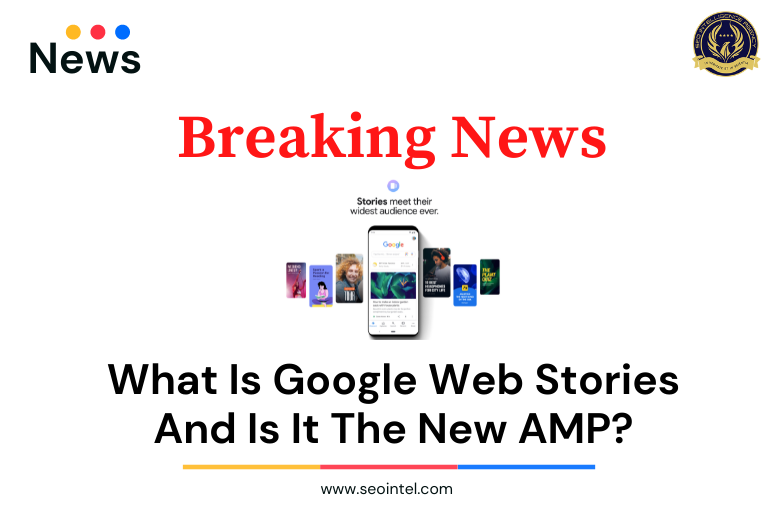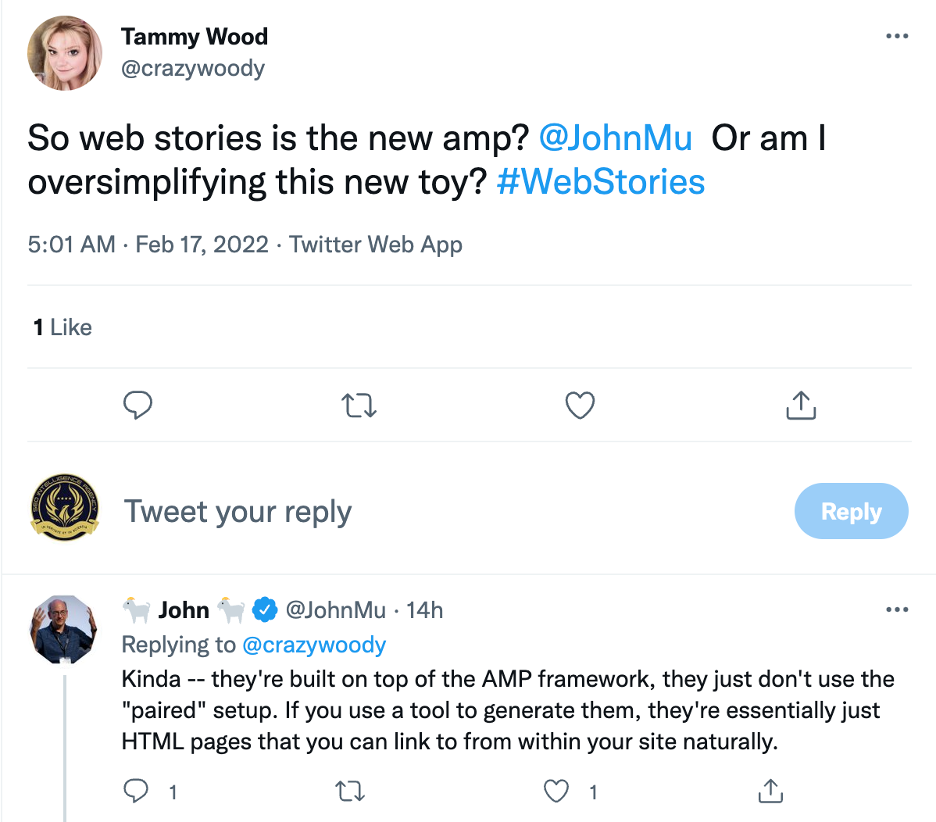
On Twitter, a user asked John Mueller if Web Stories is the new AMP and Mueller’s response to it is that it is “kinda” and that Web Stories is built on top of the AMP framework, they just don’t use the paired setup. According to Mueller, they are essentially just HTML pages that you can link to from within your site, naturally.

But what are Web Stories? How do they work? Is there a use for it, SEO-wise?
Web Stories are the web-based version of the popular story format that can be seen in social media channels. Web stories allow creators to host and own their own content, on their own site. They are a visual medium, much like the usual stories.
You can take pictures or videos, edit and customize them, and then publish them to your own site which then generates a shareable link, similar to that of a blog post.
Stories are able to show up in relevant users of Google’s surface, like Search and Discover. As of this time, the Stories Carousel is only available in US, India, and Brazil.
The Web Stories is more targeted towards content creators who have their own site, away from the usual social media platforms. Creators can showcase their stories in one place and help drive traffic to their site. Monetization of the stories is also possible with the use of Ads. Aside from that, creators can link to videos, articles, products, affiliate links, and more, within their stories.
When Web Stories was initially introduced in 2018, it was actually called “AMP Stories”. There are differences between Web Stories and AMP though, despite AMP being the base technology for it.
As Mueller mentioned, Web Stories are stand-alone and are HTML pages. AMP, on the other hand, pairs up with an equivalent page.
So why the sudden comparison between AMP and Google Web Stories? To be honest, I am not entirely sure. From what I know, AMP was introduced in order to produce web pages that load fast and efficiently across devices and different platforms. It is basically all about faster loading content that can be served to users.
According to this article by Search Engine Journal, the comparison stems from Google Discover and its’ dedicated Web Stories Carousel, reminiscent of the AMP Carousel that used to exist in the early years of AMP. Other than that, there are not many similarities, at all.
With regards to an SEO use for Web Stories, Mueller said:
“I think they’re super cool – but also challenging from an SEO POV. Including enough relevant textual content is hard with such a visual format.”
There is the ability to link to other content from the web stories, so most probably it can be used as a backlink source. It looks like more of a way to promote and introduce your content and generate traffic to your site. It’s a way to monetize, too, as it allows ad content to be introduced.
What do you think? What are your ideas on different ways to use Web Stories? Any possible hacks that make use of it to increase rank? Tweet and tag us at @seointel1 and let us know what you think.